Latest news and information on canopies and shelters

Understanding Lease Financing for Solar Carports
Learn how lease financing for solar carports can benefit your business. Discover tax efficiencies, cash flow...
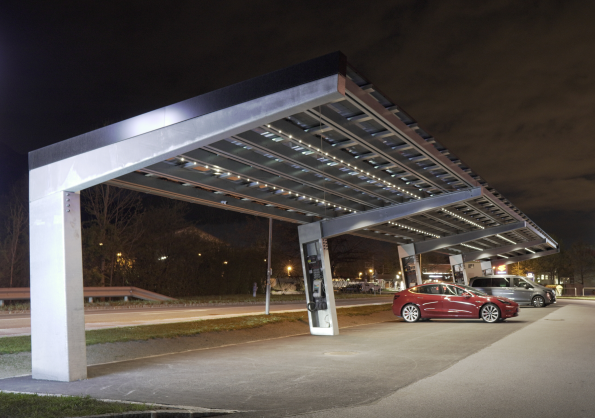
Advantages and Disadvantages of Solar Carports for Businesses
Discover the pros and cons of implementing solar carports for businesses, and how they can impact your company's...
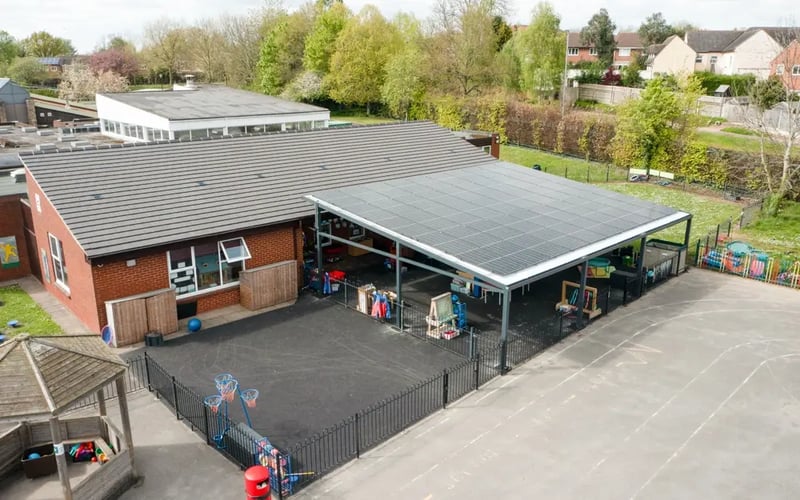
What Are The Benefits of Solar Panels for Schools?
Discover the benefits of solar panels for schools, from cost savings to educational opportunities. Reduce carbon...

Empowering Change: Achieving Planet Mark Business Certification
Proudly achieving Planet Mark Business Certification, we're committed to reducing our impact through sustainability...
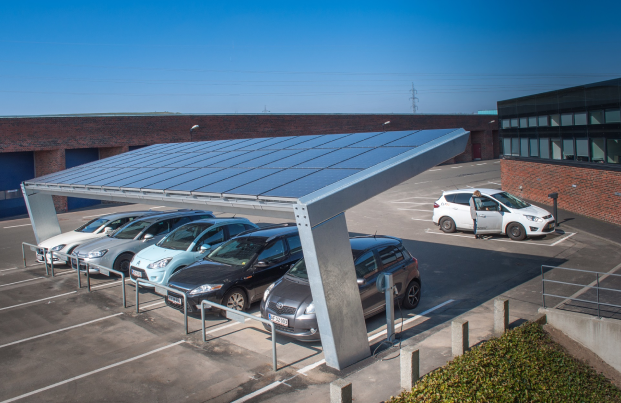
Maximizing Solar Carport ROI: Finding the Optimum Size
Optimizing the size of your solar carport can greatly impact your return on investment. Learn how to determine the best...

Exhibiting At The Schools And Academies Show On 1st May 2024
Come visit our stand at the Schools and Academies Show, to learn about our innovative solar canopies and Spaceshade...
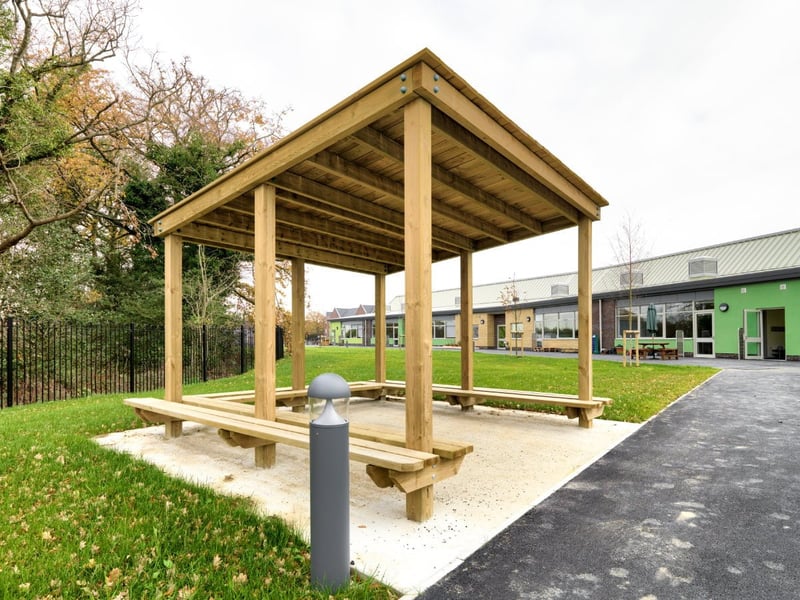
Versatile Canopy Ideas to Transform Your School's Environment
Transform school environments with versatile and affordable school canopies. From aluminum to timber designs, create...
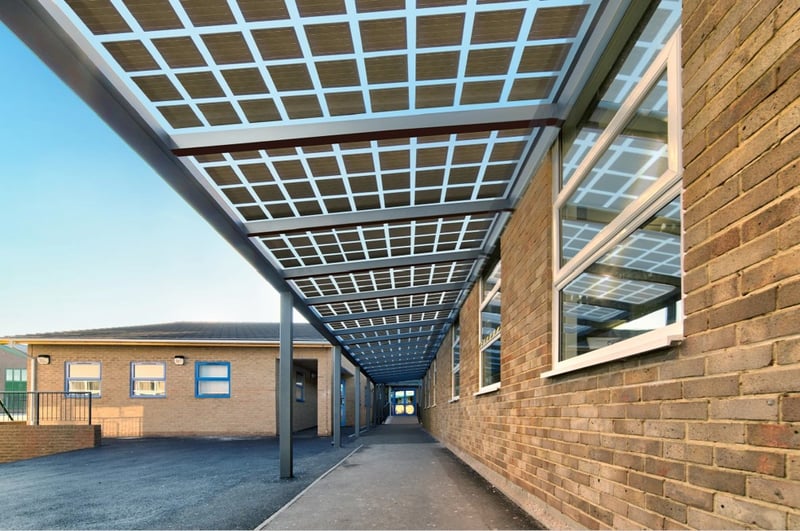
A Guide to Lease Financing for School Canopies
Learn about lease financing for school canopies, offering schools a budget-friendly way to acquire assets without...

Canopies For All-year Weather Protection For Sports Venues
Sports canopies offer the ideal answer, providing those who enjoy watching sports with adequate cover from the elements...